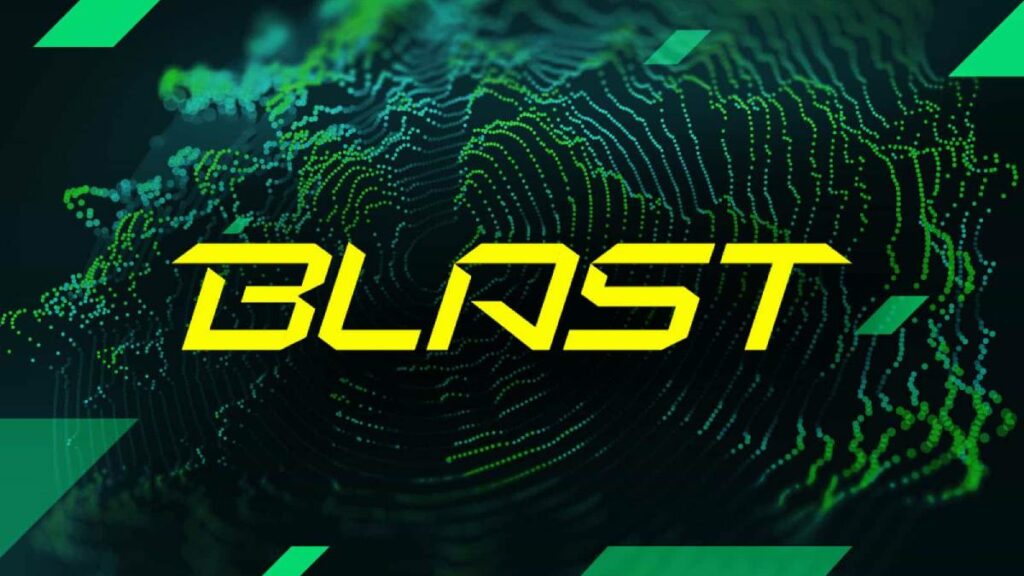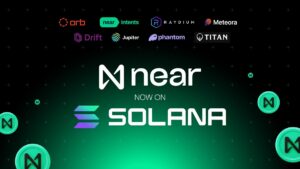TL;DR
- Blast reduces bridging time to Ethereum Mainnet from 14 days to 7 days.
- This change is based on an analysis of withdrawal activities and is considered sufficient for most transactions.
- The new official account on X is @Blast, replacing @blast_l2.
In a recent announcement, Ethereum network Blast has optimized its bridging process by reducing the time required to transfer assets between its platform and Ethereum Mainnet.
This wait time has been reduced from 14 days to just 7 days, representing a significant improvement in user experience.
This decision was made following a thorough analysis by Blast developers of withdrawal activities over the past four months, where they concluded that a shorter period is sufficient to handle almost all withdrawal transactions.
BRIDGE ANNOUNCEMENT
Users on Blast can now bridge between Blast and Ethereum Mainnet twice as fast as before — the bridge period has been reduced from 14 days to 7 days.
Here's how🧵
— Blast (@blast) July 16, 2024
Previously, the extended time was set to allow a safety margin for Lido withdrawals, which Blast currently relies on for ETH yield.
However, after a review of usage trends and network activity, the Blast team determined that the additional buffer was no longer necessary, allowing for this reduction in wait time.
Additionally, it is important to mention that although the bridge from Blast to Ethereum Mainnet will now be more streamlined, the process from Ethereum to the protocol is still extremely fast, taking only a few minutes.
This facilitates interaction between the two networks and improves liquidity and transaction efficiency for Blast users.
A future for Blast as an independent network
The recent change in the bridge time has raised speculation about the future of Blast.
Some critics have pointed out that the social media account name change from @blast_l2 to @Blast could indicate an intention to disassociate itself from its current status as a Layer 2 scaling solution on Ethereum.
Blast founder Tieshun Roquerre has indicated that he aims to transform Blast into a “full-stack chain” in the future, suggesting that its approach and structure could evolve to offer even more value to its users.
The shift in strategy also reflects a broader focus on decentralization and autonomy, characteristics increasingly valued in the blockchain ecosystem.
The Blast community will be watching these developments closely, as a transition to an independent chain could offer greater opportunities for innovation and a more robust governance model.
The Blast ecosystem, along with its recent tweaks and announcements, continues to demonstrate a commitment to constant improvement and adaptability to the needs of its users.
As the cryptocurrency landscape continues to evolve, Blast appears to be well positioned to navigate these changes, offering a more efficient service and adjusting to the expectations of its community.











